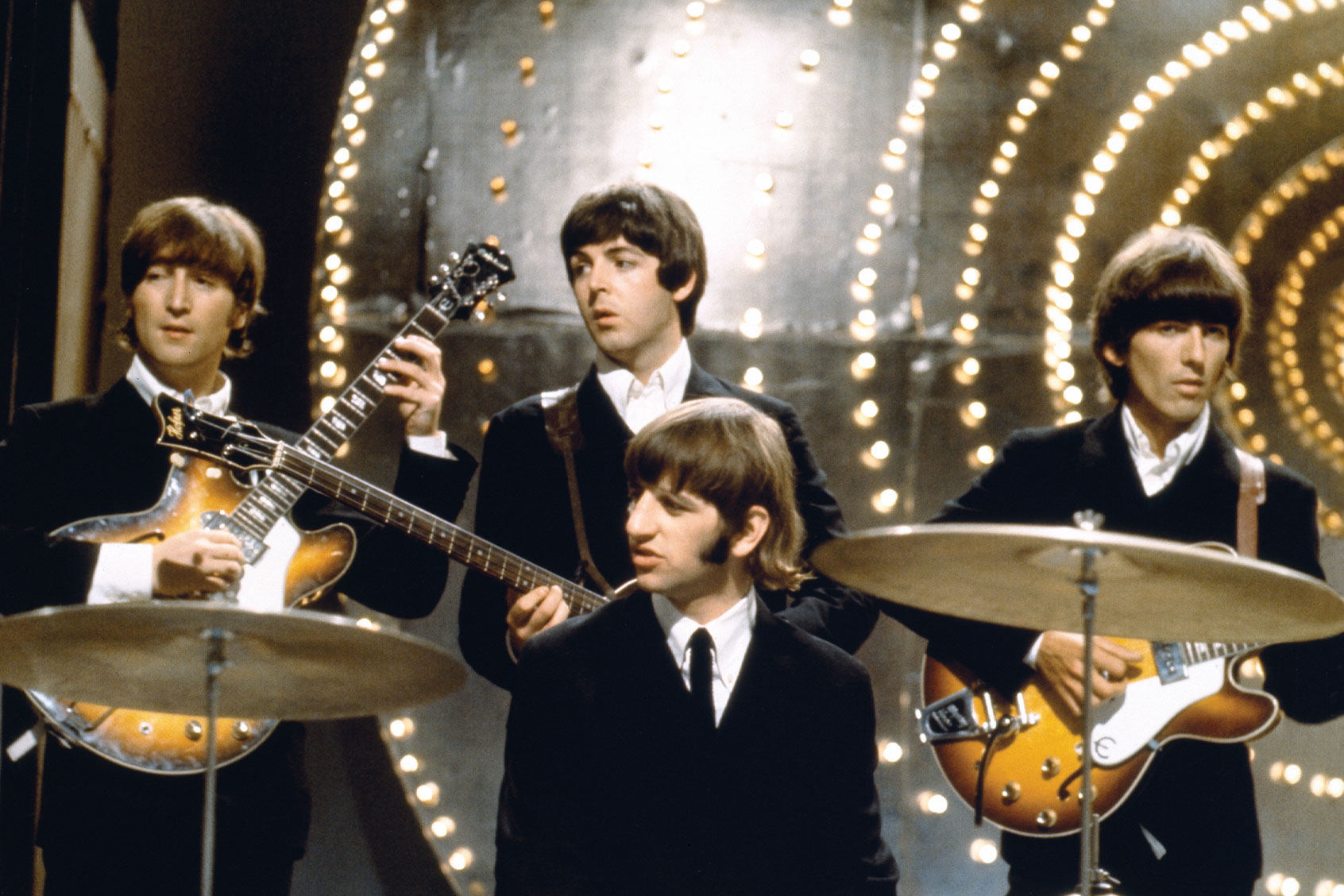This week, producer Giles Martin held a listening session at New York City’s Republic Studios, where he unveiled his remixed version (prepared with engineer Sam Okell) of the Beatles’ legendary “Revolver” album. As the key feature of an upcoming boxed set, slated for release on October 28, the remixed “Revolver” is a revelation made explicitly possible by recent advances in sonic technology.
The youngest son of celebrated Beatles producer George Martin, Giles acknowledged the sheer weight of responsibility associated with remixing landmark LPs from the likes of the Beatles. During his remarks at Republic Studios, he pointed out that fans of the Fabs imbue a daunting sense of “ownership” when it comes to the band’s output. In recent years, Martin has carried out remixes for “Sgt. Pepper’s Lonely Hearts Club Band,” “The Beatles” (“The White Album“), “Abbey Road” and “Let It Be.” In each case, he has endeavored to ensure that the remixes reflect the spirit and sound of their precursors. Otherwise, he argued, “they would no longer be the Beatles.”
For many listeners, “Revolver” marked a creative peak for the Beatles. Artist and musician Klaus Voormann, the Grammy-winning designer behind the LP’s cover art, isn’t really surprised about the band’s longevity. In a recent interview with me, he vividly recalled the moment when he first heard the Beatles in Hamburg in 1960. “I had never had access to rock ‘n’ roll music. I had only heard a few tracks on the radio. So I went to Hamburg, to the Reeperbahn, and I listened to the music coming out of a basement apartment window. There was a band playing, and I found out later that it actually was the Beatles playing. And I thought it sounded incredible to me. It was fresh. It had nothing to do with classical music or nothing to do with jazz. It was just really raw rock ‘n’ roll music. And I thought it was fantastic.”
As for the LP’s famous cover art, Voormann will never forget the first time he presented his “Revolver” collage for the Beatles and their team’s inspection. As he explained during our interview, “I was very nervous because nobody had ever seen it before. It was black and white, and it was just a drawing. It was just my invention.” He remembered that when he unveiled the cover art, “They were very quiet, then Paul went up to the cover and pointed at a photo of himself sitting on the toilet. Then George Martin came up, and they all got really close to the cover, and they started looking at all the pictures. Then George Martin said, ‘You can’t do that. You got to take it off. Can you exchange it for some other photo?’ To which I replied, ‘Sure you can.’ And then the ice was broken and people started talking about the cover, and smiling and laughing. And then I knew, just by their faces, that they liked it.”
As with Giles Martin’s previous efforts, the remixed “Revolver” clearly benefited from his interest in breathing new life into the original, highly compressed mixes propounded by his father in the 1960s. Using new technologies, Martin has succeeded in establishing greater separation among the Beatles’ instrumentation. The result is a musical palette that reveals the extraordinary power of the Beatles’ musicianship in all of its attendant beauty.
Martin chalks up much of his capacity for increasing the band’s instrumental separation to the groundbreaking work of director Peter Jackson’s team at Park Road Post Production in New Zealand. In a jaw-dropping demonstration, Martin played the remixed instrumental track for the “Revolver” track “Taxman,” slowly dropping one instrument after another from the mix until we were left with the sound of Ringo Starr’s snare drum. It was really quite something to behold, rendered even more impressive by the instruments’ stunning clarity and utter lack of generational loss.
Love the Beatles? Listen to Ken’s podcast “Everything Fab Four.”
I spoke with Beatles historian Jason Kruppa, the host of the popular “Producing the Beatles” podcast, who attributed to the Park Road team’s technological strides to “deep machine learning — basically teaching the machine to hear the difference between certain instruments and voices.” For Martin’s work on “Revolver,” technology has made a stunning difference in our abilities for remixing highly compressed albums.
As Kruppa points out, “There are currently several online tools based on a source code library called Spleeter, the algorithms of which have been trained to do the same thing and some, like Dmucs, are very effective, but they don’t allow the user to do any training. If you upload a file, you’re simply using the tool in its current state. At least one difference with Park Road, as I understand it, is that they are teaching their machine the sound of specific instruments, and even the difference between each of the Beatles’ voices. So it’s much more targeted, and they have much more control.”
The express result of all of that machine learning, of course, is the ability to disaggregate and isolate a particular sound pattern as precise as Ringo’s snare drum on a 56-year-old recording. It’s quite a feat — all but unimaginable even a few short years ago. The pristine, shimmering results of Martin and Okell’s “Revolver” remix underscore the technology’s tremendous potential. I, for one, am excited about what the future portends.

